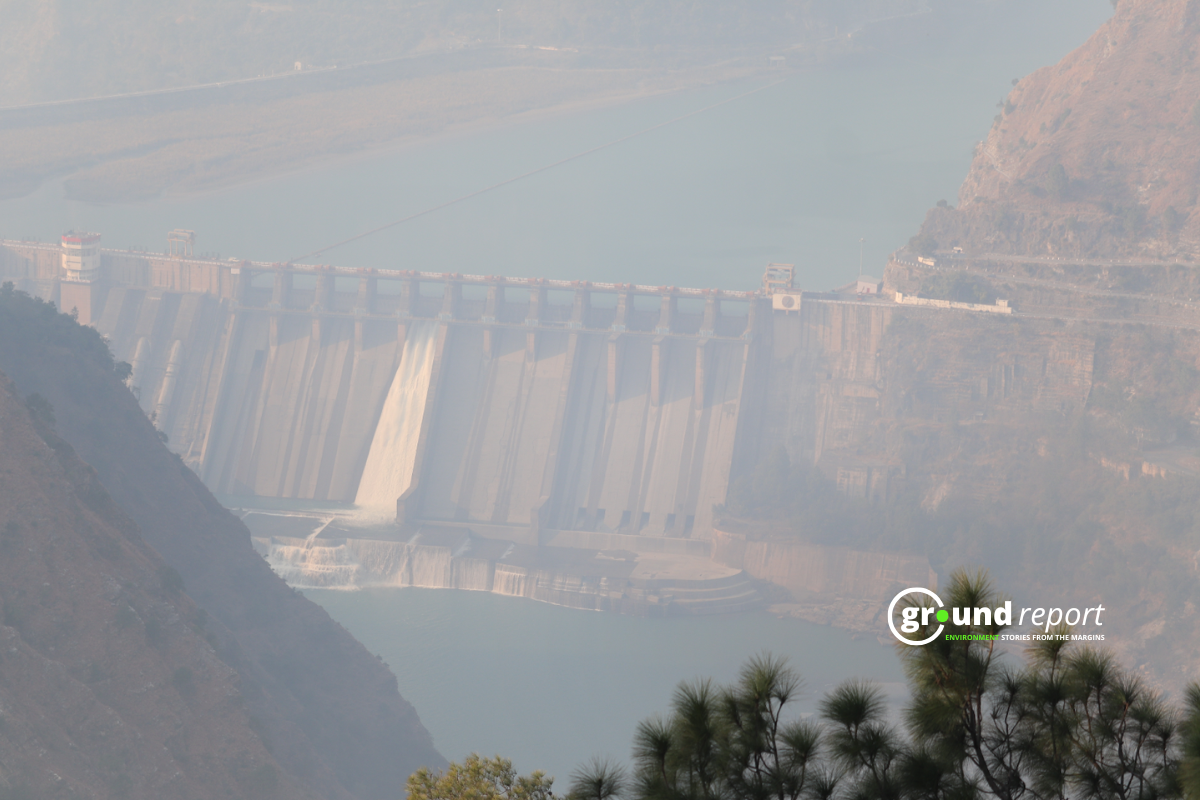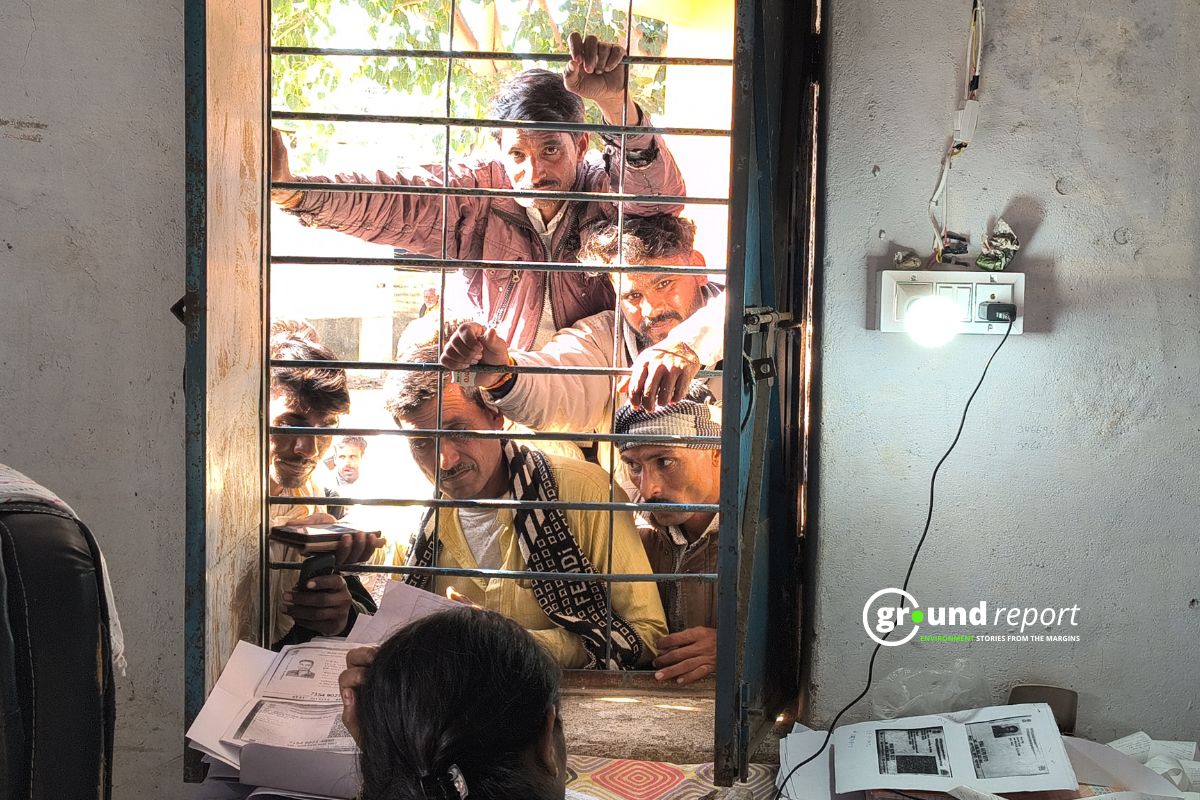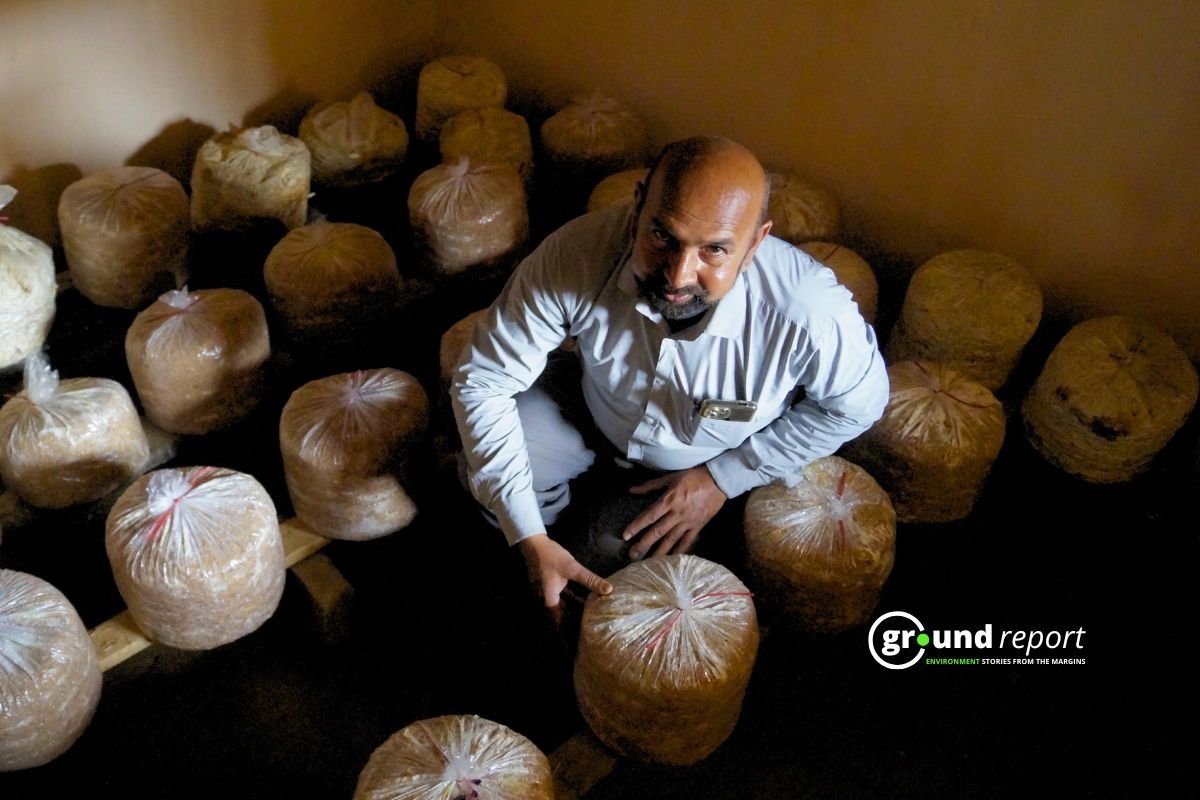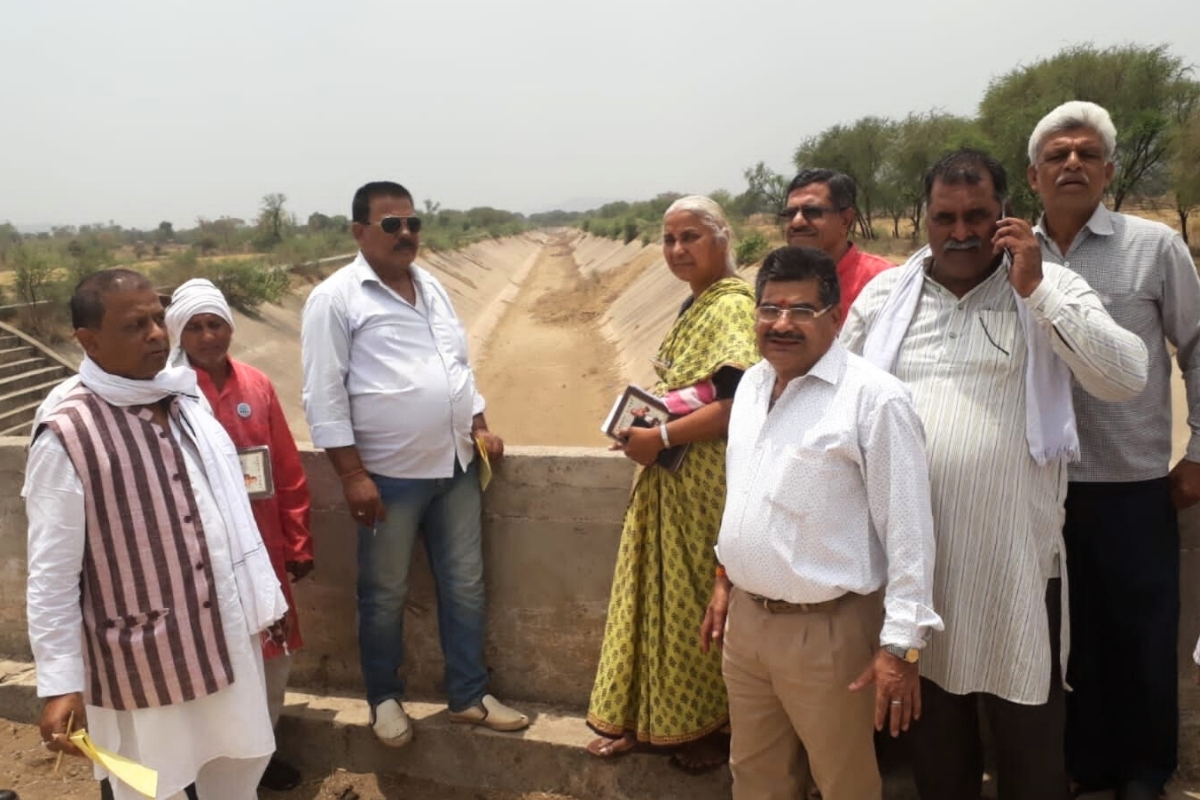Terror shattered the calm of Pahalgam on Tuesday as gunmen opened fire on a group of tourists in Baisaran Valley, killing 26 and injuring 17. The attack wasn’t just a horrifying act of violence—it was a calculated strike, carried out in one of Kashmir’s most beloved tourist destinations.
Known as “mini Switzerland,” Baisaran is more than just a scenic meadow surrounded by pine forests and snow-capped peaks. It’s a symbol of hope, resilience, and the return of peace in a region that has long struggled with conflict. Tourists come here to ride ponies, sip kahwa, and breathe in the crisp mountain air. Locals earn their livelihoods guiding visitors through its beauty.
That’s exactly why it was targeted.
This wasn’t just another attack. This was the first large-scale terrorist strike in recent years directly targeting tourists in Jammu and Kashmir. And the message was clear: even peace isn’t safe here.
“The only thing straight in Kashmir are the poplar trees,” a former RAW officer once remarked. The irony of that statement rings louder today than ever.
In the three years since the abrogation of Article 370, Jammu and Kashmir had started to see change—however gradual. The region had witnessed attacks on migrant labourers and isolated acts of violence, but tourism had kept growing. For locals, the industry was more than a source of income—it was a path to dignity and normal life.
Why was Baisaran chosen for attack?
Terrorists didn’t pick Baisaran at random. It was chosen precisely because of its symbolism, its vulnerability, and its geography.
Baisaran meadow lies in the southeast of Pahalgam town and can be accessed only via a serpentine trek through streams, dense forests, and slippery, muddy stretches. Large parts of the 5.5-km route are unmotorable. A small misstep can send even experienced trekkers tumbling into deep gorges.
A healthy adult takes nearly an hour to walk up without long breaks. Surrounded by gorges on all sides, Baisaran has only one real access route. That isolation made it an ideal location for militants looking to attack and disappear before help could arrive.
While locals running stalls at the meadow use motorbikes on some initial untarred stretches, the rest of the route is too rugged for any quick movement—especially in emergencies. Security forces or emergency responders would need at least 30 to 40 minutes to reach the site.
Despite the heavy tourist footfall—hundreds visit the 30-acre meadow every day—there was no police picket or formal security on the entire route, a fact confirmed by an India Today correspondent who visited the site post-attack.
Planned terror targets Kashmir peace
According to various media reports, the attackers, allegedly members of Lashkar-e-Taiba’s shadow outfit, The Resistance Front (TRF), had been conducting recce’s for weeks. Their local overground workers helped them survey the area. They reportedly built hideouts deep inside the surrounding forests and were wearing body cameras during the assault—recording the entire operation.
The implications are chilling. This was no spontaneous act of violence. It was planned, rehearsed, and executed with precision.
The impact is already being felt. Hotel bookings are down. Local businesses are bracing for a wave of cancellations. The same ponywalas who used to line the trail up to Baisaran now worry if they’ll have work tomorrow.
For Kashmiris who have lived through decades of conflict, there’s a sense of déjà vu. The fear that just when things were beginning to improve, someone is trying to pull them back into the darkness.
The attack at Baisaran wasn’t just about killing innocent people. It was about rupturing the idea that Kashmir could be peaceful, prosperous, and welcoming again. But whether that message succeeds—or is defied by resilience—is now up to the people of the Valley and those who stand with them.
Support us to keep independent environmental journalism alive in India.
Keep Reading
The costliest water from Narmada is putting a financial burden on Indore
Indore’s Ramsar site Sirpur has an STP constructed almost on the lake
Indore Reviving Historic Lakes to Combat Water Crisis, Hurdles Remain
Indore’s residential society saves Rs 5 lakh a month, through rainwater harvesting
Follow Ground Report on X, Instagram and Facebook for environmental and underreported stories from the margins. Give us feedback on our email id greport2018@gmail.com.
Don’t forget to Subscribe to our weekly newsletter, Join our community on WhatsApp, and Follow our YouTube Channel for video stories.









